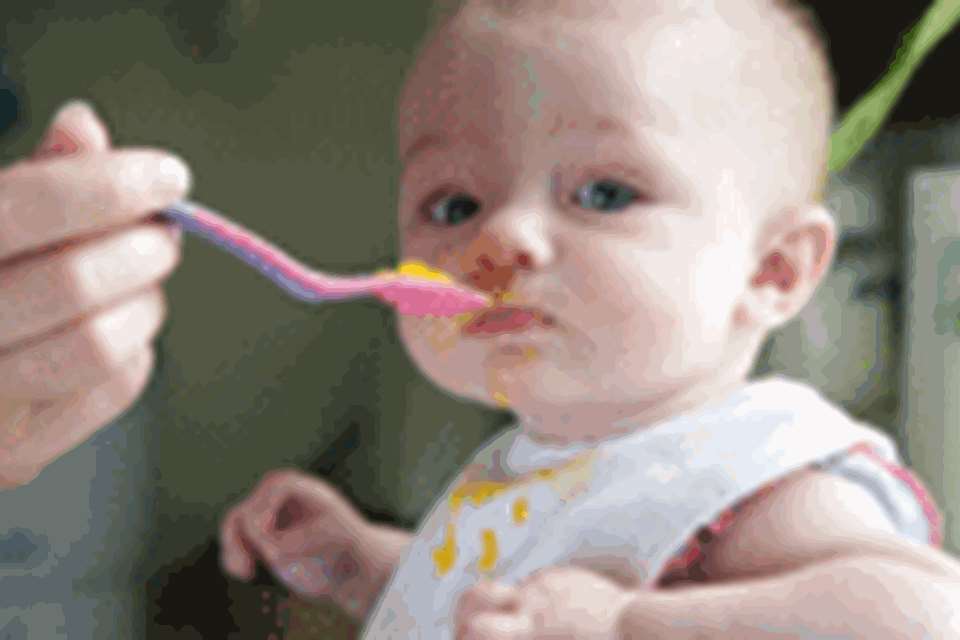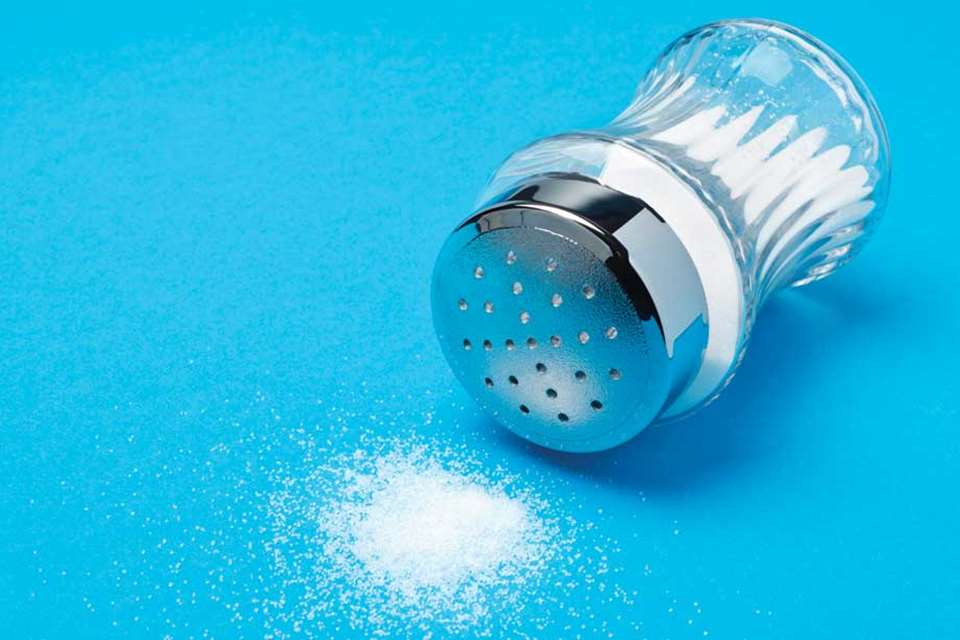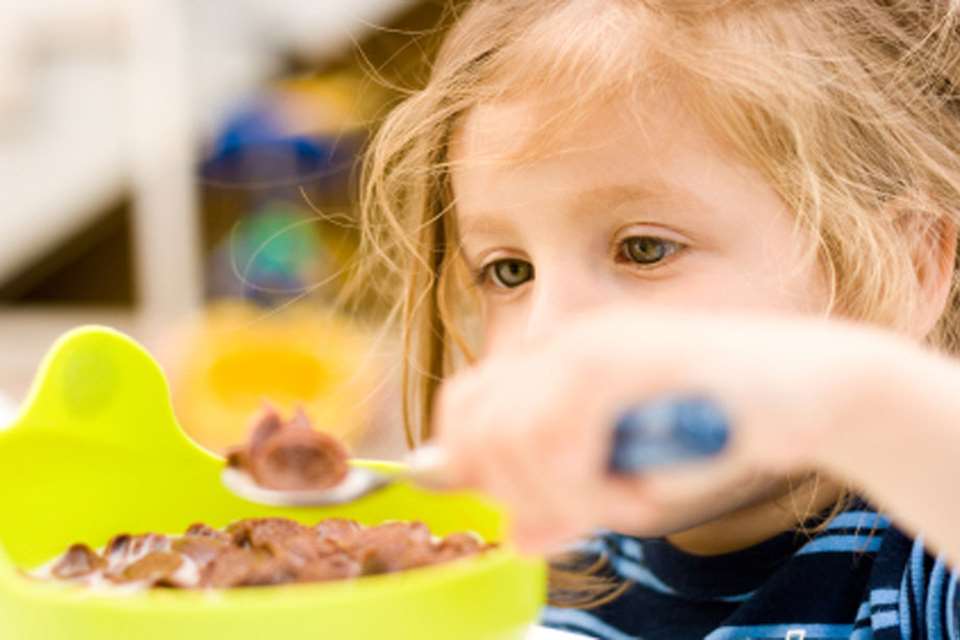A Unique Child: Nutrition - A taste for life
Mary Llewellin
Monday, September 7, 2015
Too much salt can be bad for children's health, but how do you create an exciting menu without it? Snapdragons' Mary Llewellin explains
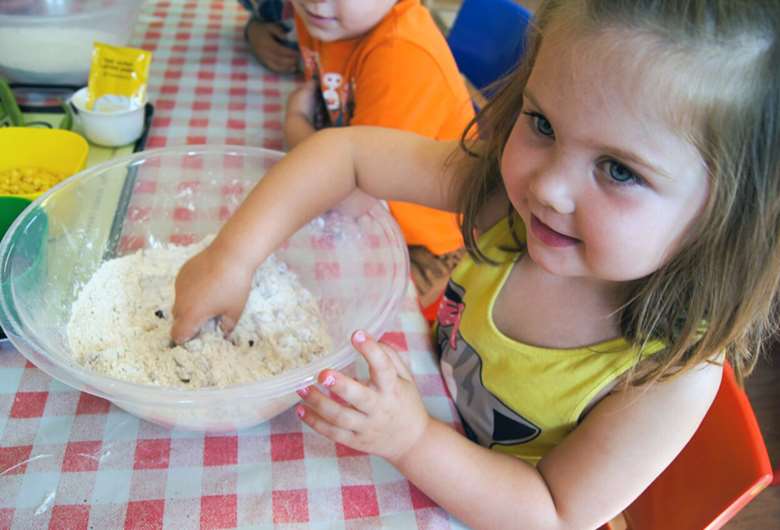
If you have been to the doctor recently, the chances are you will have had your blood pressure checked, even if you only went in for a flu jab. This is because raised blood pressure is one of the major factors contributing to cardiovascular disease, the leading cause of death in the world. And one of the major contributory factors of high blood pressure is a high salt intake.
We may think of this as an adult problem, but children are not immune and it is not just blood pressure we need to worry about. Graham MacGregor, professor of cardiovascular medicine at Queen Mary University of London and chairman of WASH (World Action on Salt & Health), says, 'The more salt you eat as a child, the more likely you are to have serious health issues in later life.
'This can include high blood pressure, and increased risk of stroke, heart disease, osteoporosis and kidney disease. That's why it is vitally important that children don't get used to the taste of salt.'
Recent studies also link salt to obesity. This was originally thought to be due to increased thirst leading to increased consumption of sugary drinks, but a new study by professor MacGregor suggests the reasons are more complex and linked to salt's effect on body fat metabolism.
HOW MUCH SALT IS SAFE?
The answer to that is a surprisingly small amount. As you can see in the table opposite, children aged one to three years should have 2g a day or less, and that is about a quarter of a teaspoonful. To put that in context, a slice of bread could contain 1.5g of salt - put a 55g portion of baked beans on top of that and you have already reached your child's daily limit in one just one meal.
FOOD LABELS
Food labels are getting easier to understand, but they can still cause confusion. Some labels list sodium content instead of salt, so you need to be able to convert the measurements to find out the salt content: salt = sodium x 2.5. Remember to calculate the amount based on the actual portion size you are serving.
SALTY SINNERS
The biggest source of salt in our diets is not the salt we add while cooking or at the table, but in processed foods. A new survey into popular children's meals by WASH shows worryingly high salt levels, with some meals containing as much salt as ten packets of ready-salted crisps. Interestingly, there are cultural differences: a portion of McDonald's Chicken Nuggets in Turkey contains 2.4g salt, while in the UK it is 0.78g.
Tinned vegetables and pulses, even if they are not in a sauce, are sometimes preserved in brine - which is basically salt water - so always look for unsalted varieties. That goes for tuna, too. Bread is another big culprit, which is why we at Snapdragons try to make bread as often as we can.
Processed meats like bacon, sausages and ham need to be limited. When we serve sausages at our nurseries, we often use them in a casserole; that way we can supplement them with beans and vegetables to keep the salt levels down. It keeps them nice and soft, too, so they are easier for little mouths to chew.
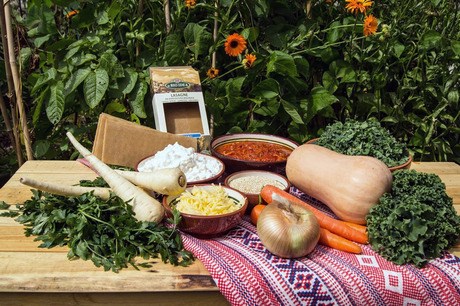
BACK TO BASICS
Given that most of the salt we consume is in processed food, the obvious way to keep tabs on our salt intake is to make as many of our meals as possible from scratch using fresh ingredients. And less salt doesn't have to mean less flavour.
At Snapdragons Keynsham, chef Raquel Kneeves has plenty of tricks up her sleeve to pump up the flavour. To steer clear of stock cubes, she makes a vegetable stock as a base to many of her dishes using celery, carrots, onions, leeks, bay leaves and parsley stalks, simmered for a couple of hours on a low heat to reduce the water content and intensify the flavour. For a clear stock simply strain, but for soups you can blend everything for a thicker base.
Herbs
Herbs are wonderful for adding depth to low-salt dishes. At our Keynsham nursery we are lucky to have a mature bay tree in the garden and I would recommend planting one if you have any space to spare. Raquel is a big lover of bay leaves as a flavour enhancer and that bay tree has saved us a fortune.
Raquel doesn't save the herbs for the main part of the dish, either - the accompaniments also get a look-in.
One of her tricks is to flavour the cooking water of pasta, rice and potatoes to add an extra layer.
Try putting bay leaves and basil stalks in with your pasta and then chop the basil leaves to scatter on your finished dish.
For infusing rice, add bay leaves, turmeric, desiccated coconut and a splash of oil and cook as normal to enhance any Asian-inspired dishes.
Potatoes taste delicious with sage, mint or rosemary sprigs thrown into the cooking water. You can have great fun thinking up other complementary flavour combinations.
Spices
Sometimes parents look at our menus and query dishes like chilli or curry because they associate them with fiery adult versions, but we use all the warm mellow spices like turmeric, cumin, cinnamon and cardamom to add flavour without heat. We use these spices in all sorts of dishes, not just the more exotic, to add complexity to dishes without resorting to the salt cellar.
Raquel makes delicious glazed carrots to accompany traditional roasts by cooking them with a knob of butter, star anise, orange zest and juice until soft, shiny and aromatic.
GOOD HABITS
The main thing to remember is that the taste for salt is acquired through habit and our children do not need to develop that taste.
Teaching them to love food with subtler, more complex flavours and giving them knowledge of food and the skills to cook could be the best gift we can give them and their families for a healthier future.
SPANISH CHICKEN
Try this Spanish chicken dish, which uses smoked paprika to give a delicious chorizo flavour without the salt. Serves eight.
INGREDIENTS
- 1 tbsp olive oil
- 8 skinless boneless chicken thighs, chopped
2 leeks, finely chopped
1 red pepper, sliced
2 cloves garlic, chopped
2 tsp fennel seeds, crushed
- 1 tsp smoked paprika
1 unwaxed orange
- 2 bay leaves
- 1 tbsp tomato puree
- 300g paella rice
- a pinch of turmeric
- 1 litre vegetable stock (see Raquel's recipe above)
- 100g frozen peas
- 100g fine green beans
- 1/2 tsp ground white pepper
- a handful of chopped parsley
METHOD
Heat the oil and brown the chicken in a casserole dish with a heavy base.
Remove the meat and add the leeks and red pepper, frying briskly until they colour a little and begin to soften.
Add the garlic, fennel seeds, paprika, turmeric, zest of the orange and bay leaves.
Add a little more oil if needed, then tip in the rice and stir gently to coat with oil.
Combine the tomato puree with the stock then pour over the rice and gently stir.
Place the browned chicken on the rice, then scatter the beans and peas around it.
Season with white pepper, bring to the boil then cover and turn down the heat.
Simmer for 20 mins until the rice is al dente and the chicken tender.
Serve with chopped parsley and orange wedges.
RECOMMENDED DAILY SALT INTAKE FOR CHILDREN
Age/Maximum salt intake
0-6 months/ < 1g/day
6-12 months/1g/day
1-3 years/2g/day
4-6 years/3g/day
7-10 years/5g/day
11 years and above/6g/day
MORE INFORMATION: World Action on Salt, www.worldactiononsalt.com.
Mary Llewellin is operations manager for Snapdragons. Snapdragons Keynsham has the Food For Life Partnership Gold Catering Mark, a Children's Food Trust award, is accredited by the Vegetarian Society and was winner of the Nursery World Nursery Food Award in 2012 and 2014. For more information, see www.snapdragonsnursery.com



